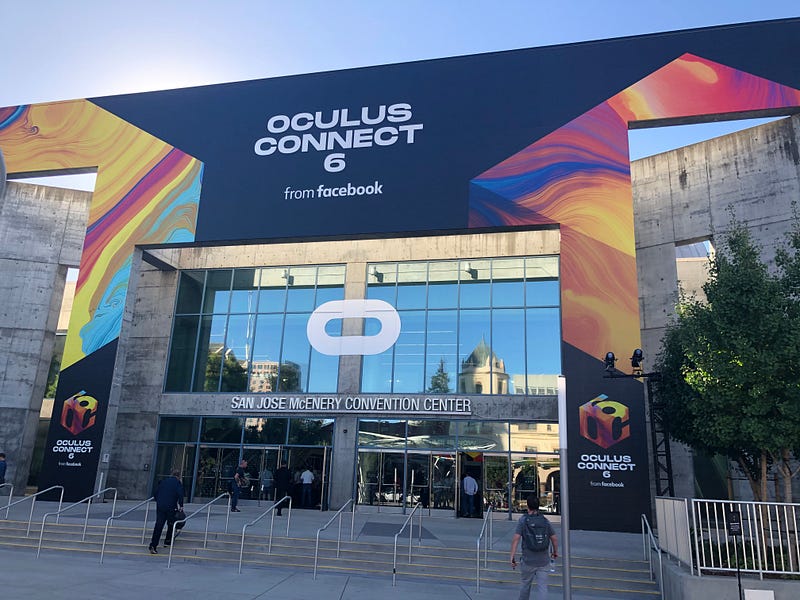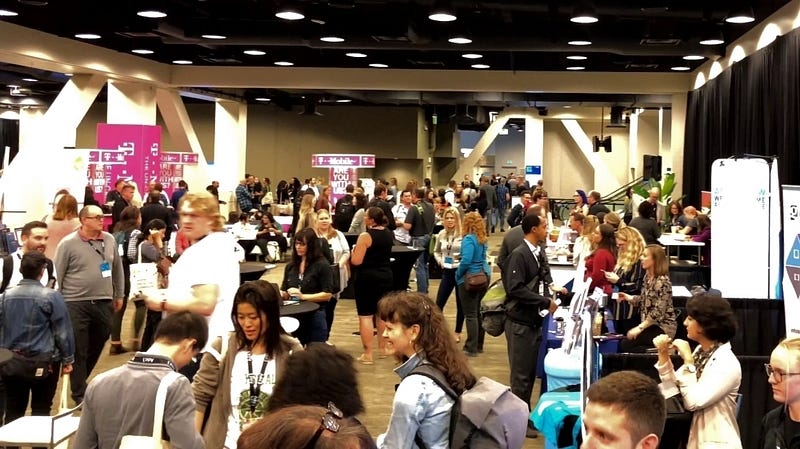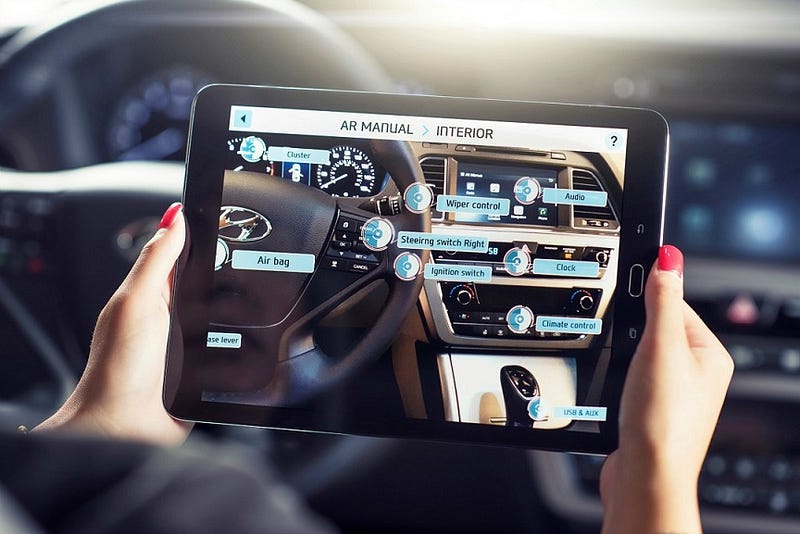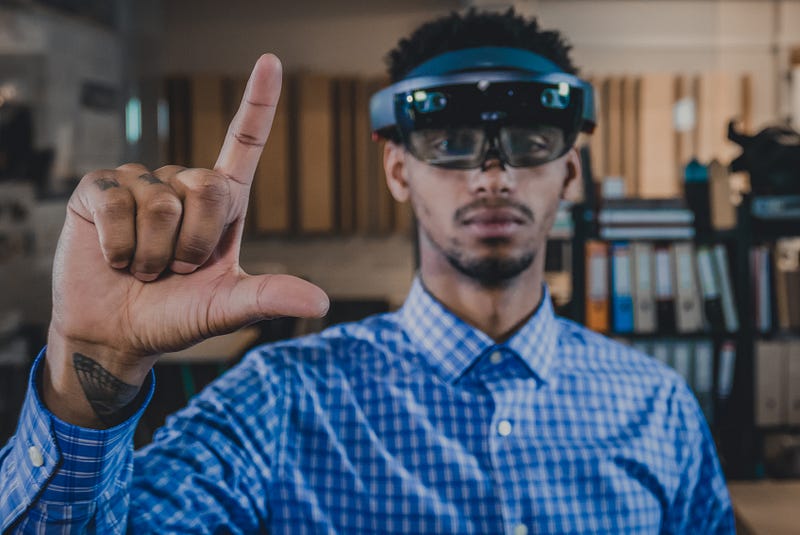Last month, Oculus and Nestle Purina showcased our work at the Oculus Connect 6 Conference (aka: OC6) which we attended in San Jose CA. The conference looks at the future of virtual reality, and we want to share what we learned.
OC6 opened with a Keynote by Facebook Founder and CEO, Mark Zuckerberg. In this opening, Mark shared why he believes Virtual Reality is the universal computing platform everyone will use in the future. Here are some important takeaways we noted from our time at OC6.

Empathy Training Using VR
Through the research and understanding of what makes a great connected human experience, Oculus is finding ways to apply the three dimensions on closeness in human relationships (Frequency of interaction, Diversity of Interactions, and Impact of the Experience) to Virtual Reality (VR). This leading research will enhance and improve not just social VR experiences but also business interactions. The enterprise world requires trust as a critical component of any business relationship.
Nothing showed this better than the prototype Oculus Labs displayed where they were able to reconstruct and demonstrate facial expressions in real-time. Of course, it will be a while before the hardware that makes this possible is available in a consumer-friendly form factor and price point, but it’s coming.
Empathy training is a natural use case for VR, especially in the hospitality industry. Hilton used VR to train their employees and help them understand what the guests are feeling under certain conditions. In their experience, the employee actually became the guest and was able to gain a lasting empathetic state for their guests.
Facebook, along with other major companies, is making a huge bet on the future of AR/VR
There’s no doubt that the AR/VR space is continuing to grow. It was apparent at OC6 that major technology companies like Facebook are making a large investment in the development and expansion of that industry, for both consumer and enterprise users. The result will be the sustained growth in adoption, accelerated innovation, and the creation of new types of solutions, hardware, and paradigms to support AR and VR.
AR/VR is about the world around you
A point made repeatedly at OC6 was that the long-term vision of AR is, in fact, to make us more present and aware of the non-digital world around us. Imagine a day where an AR system is accessible through a standard pair of glasses, or even a pair of contacts. At that point, we will work less with devices, and more with subtle, non-intrusive AR systems that allow us to keep more of our attention on our real surroundings. By doing so, AR can actually bring people closer together.
We’re still in the good old days
No one at OC6 was shy about the fact that we’re still in the early days of AR and VR. That means for consumers, developers, and anyone else in this space we are in an exciting time to be working on this technology. Foundational solutions and patterns are still being developed, and the space for innovation will continue to allow for new game changes to enter the arena of AR/VR.
Quest is a game changer
With that said, the Oculus Quest really is a game changer in terms of the VR experience offered, as well as ease of development on that platform. The Oculus is the best in class hardware solutionfor enterprise customers looking to use VR in their daily operations. Oculus announced that the Quest will also soon have hand tracking and therefore, controllers will become optional or only required for certain applications.
Augmented reality won’t just be about headsets
Eventually, augmented reality will be about far more than just VR headsets. With Facebook’s acquisition of CTRL-Labs, it is clear that while the Oculus Quest is the cutting edge for AR/VR today, future iterations of AR will be about how we fully augment our digital experience with the physical. While the idea of truly connecting our brains to a digital system is still far in the future, we’re fast approaching the time when these types of technologies are major parts of the AR/VR roadmap.






